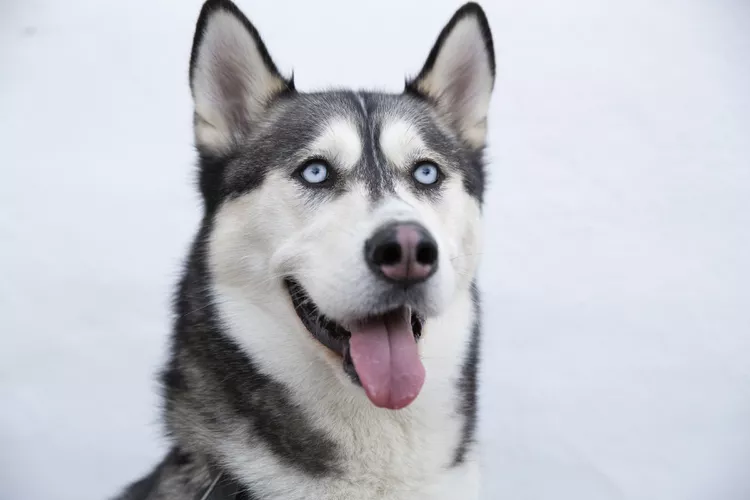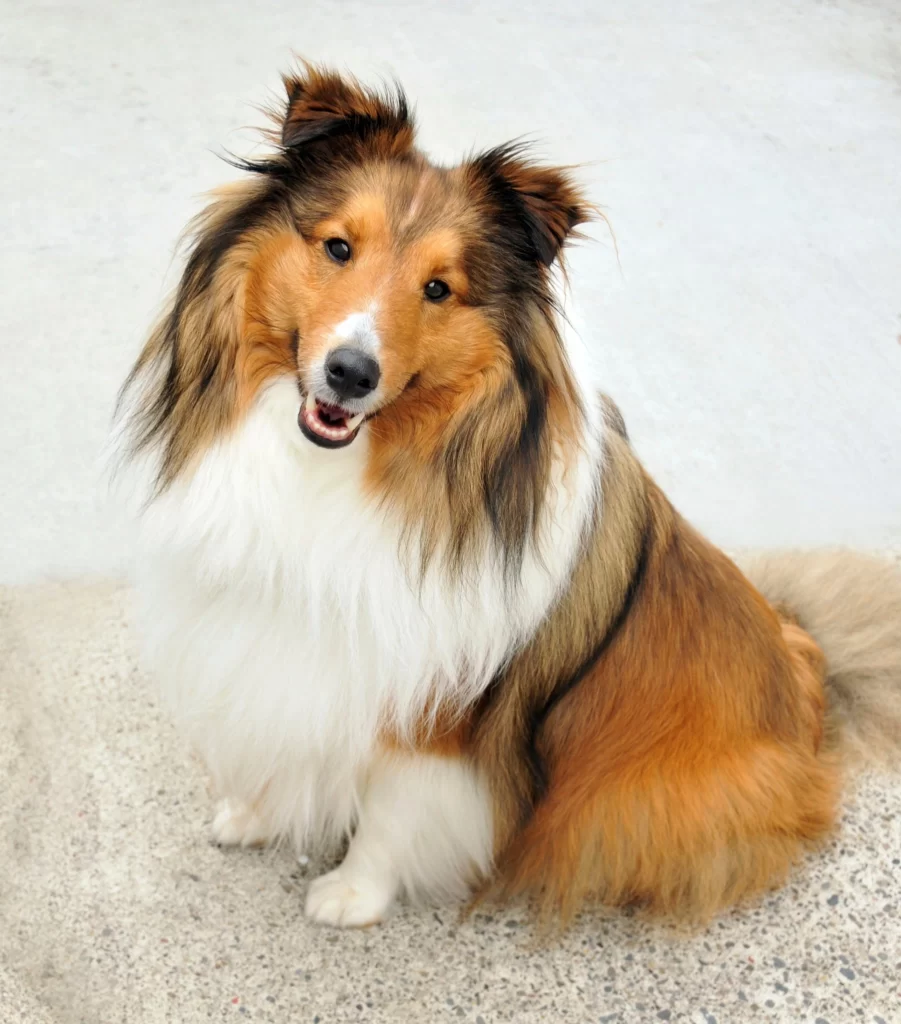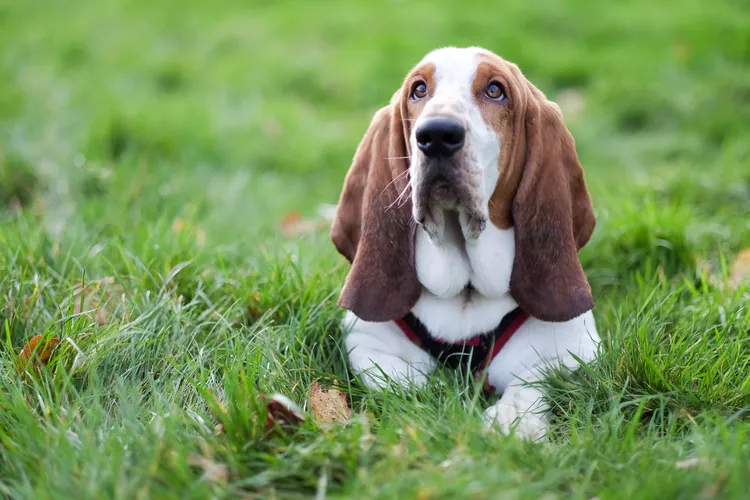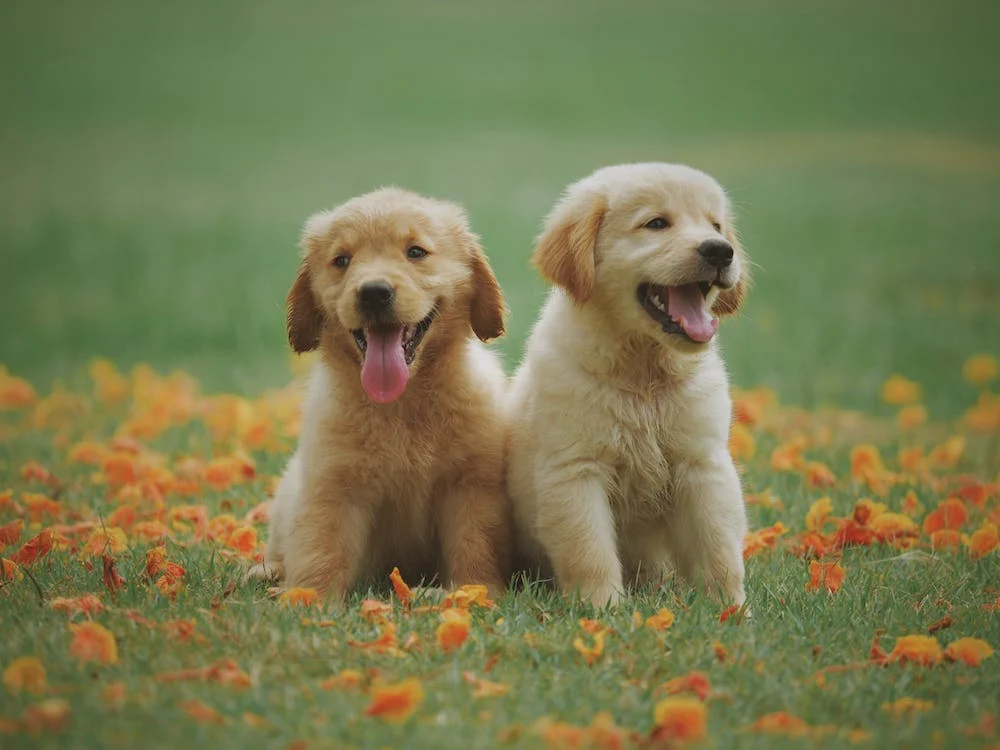Dogs are known for their loyalty, affection, and intelligence, but their vocalizations are what make them truly unique and endearing companions.
Some breeds are more prone to vocalizing than others, and their barks, howls, and yowls can convey various emotions, from excitement and joy to alertness and anxiety.
In this in-depth article, we will explore the top 10 most vocal dog breeds worldwide, delving into their distinctive traits, historical backgrounds, and why they’ve become famous for their expressive vocalizations.
Beagle:

Beagles are famous for their outstanding scenting abilities, which make them excellent hunting companions. Their hound nature has given them a distinctive bay or howl, commonly referred to as a “baying” sound.
This vocalization was originally bred into Beagles to help hunters track game during hunts.
Beagles are also known for their sociable and friendly nature, which often leads to their enthusiastic barking when they want to seek attention or play.
Siberian Husky:

Hailing from cold climates, Siberian Huskies are known for their striking appearance and their exceptional endurance in sledding activities.
These pack-oriented dogs communicate effectively through howling. Howling is a crucial way for Huskies to connect with other members of their pack, even if they are miles apart.
This vocal behavior is deeply rooted in their history as working dogs in the harsh Arctic regions.
Dachshund:

The Dachshund, or “Wiener Dog,” is famous for its elongated body and short legs, originally bred for hunting badgers and other burrowing animals.
Their courageous and independent personalities often translate into frequent barking to alert their owners of potential intruders or unfamiliar situations. Their small size doesn’t deter them from having a big voice.
Chihuahua:

Despite their tiny size, Chihuahuas are not afraid to make their presence known. These feisty little dogs are fiercely loyal and protective of their owners, leading to their frequent and sometimes piercing barks.
Chihuahuas have an alert nature and tend to be highly sensitive to their surroundings, making them quick to react with their vocalizations.
Shetland Sheepdog:

Known for their intelligence and herding instincts, Shetland Sheepdogs are highly responsive and trainable.
Their vocalizations, including barking and occasional howling, can be attributed to their watchdog role and protective nature over their family and territory.
They are vigilant and will sound the alarm at the slightest hint of potential danger.
Pomeranian:

Pomeranians may be small in size, but they have big personalities. These fluffy and lively dogs are known for their enthusiasm, and they tend to bark as a way to express their happiness or excitement.
Additionally, their alertness and curiosity contribute to their frequent vocalizations when they encounter new people or things in their environment.
Basset Hound:

Much like Beagles, Basset Hounds are scent hounds with an excellent sense of smell. Their signature low, melodious howl is distinctive and charming.
Bred for tracking game on foot, Basset Hounds’ vocalizations helped hunters keep track of their whereabouts during hunts.
Today, their howls serve as an endearing way for them to communicate their emotions and feelings.
German Shepherd:

German Shepherds are renowned for their versatility as working dogs, excelling in roles such as police, military, search and rescue, and service dogs.
With their intelligence and loyalty, they make excellent guardians for their families.
Their barks are often used as a warning sign for potential threats or unfamiliar situations, making them one of the most vocal and reliable watchdogs.
Alaskan Malamute:

Similar to the Siberian Husky, Alaskan Malamutes are bred for pulling heavy loads in harsh Arctic conditions.
Their deep and expressive howls serve as a way to communicate with their pack members during sled journeys.
Alaskan Malamutes are social dogs that thrive in the company of their family and tend to vocalize to express their emotions or seek attention.
Basenji:

The Basenji is unique among dog breeds because it does not bark in the traditional sense. Instead, it emits a yodel-like sound called a “barroo” or “yodel.”
This characteristic vocalization is a throwback to its ancient African origins, where they were used for hunting.
Basenjis are independent and intelligent, and their vocalizations are more infrequent compared to other breeds, but they are still known for being quite expressive when they do vocalize.
Conclusion:
Dogs are undoubtedly one of the most vocal animal companions humans have the pleasure of sharing their lives with.
The top 10 most vocal dog breeds worldwide each have their unique stories and characteristics that have contributed to their penchant for vocalizing.
From hunting and herding instincts to protective and affectionate natures, these breeds use their barks, howls, and yowls to communicate their feelings, emotions, and needs effectively.
Understanding and embracing their vocal tendencies can help us forge stronger bonds with these remarkable and expressive canine friends.

